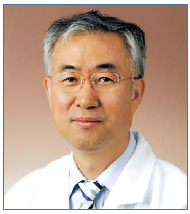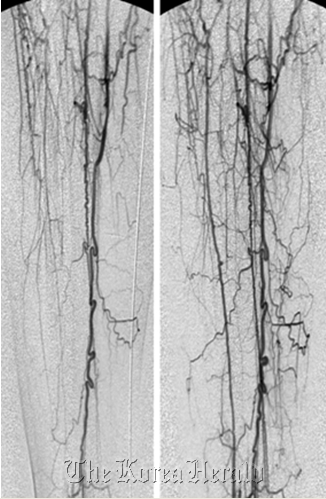
Stem cells are drawing attention and playing an important role in advance therapy for incurableness diseases.

International competition in this area began a few years ago but notable treatment results have already been reported through clinical and preclinical trials.
This year, the Korea Food and Drug Administration approved the commercial marketing of stem cells for treatment of myocardial infarction developed by a bio-venture company. It is the first recorded state authorization in this area. This could, perhaps, help Korea to grab an advantageous spot in the field of stem cell research and clinical applications all over the world.
However, concerns are growing over some misconceptions that stem cells could be a magic treatment for all kinds of patients.
It is extremely important to be armed with correct information about the cells.
Stem cells are defined as cells 1) that have the ability to divide (self-replicate) indefinitely, and 2) that are pluripotent and can differentiate into many types of cells.

Stem cells are classified into embryonic stem cells and adult stem cells in general.
Embryonic stem cells could be isolated from fertilized eggs. But ethical problems from the religious point of view have restricted the development of the study involving embryonic stem cells.
But adult stem cells are isolated from bone marrow, blood, fat and cord blood, which can be found in any normal person, which allowed more scientists to concentrate on the studies without ethical dilemmas.
Because the stem cells have the potential to become many types of cells, they can be utilized for treatment of several types of diseases. Still, people should keep in mind that is not a magic formula.
Stem cells that can differentiate into myocardium cells are only able to treat of myocardial infarction and stem cells that evolve into nerve cells can be adapted to treat nervous system diseases.
My team has been studying clinical application using bone marrow stem cells from 2004 and found it effective at improving symptoms of 56 percent of Buerger disease patients. It was also effective on ischemic symptoms such as pain and skin ulcers.
Currently, we are in phase I of the clinical study injecting umbilical cord blood derived stem cells to the patient of ischemic limb. This study was approved by the KFDA on May. If the safety and efficacy are proved, we may see some new types of commercial stem cells in the market in the near future, which could tackle some severe and incurableness diseases.
By Kim Dong-Ik, M.D.
The author is a professor of vascular surgery at Samsung Medical Center, Sungkyunkwan University School of Medicine. ― Ed.




![[Herald Interview] 'Amid aging population, Korea to invite more young professionals from overseas'](http://res.heraldm.com/phpwas/restmb_idxmake.php?idx=644&simg=/content/image/2024/04/24/20240424050844_0.jpg&u=20240424200058)












![[KH Explains] Korean shipbuilding stocks rally: Real growth or bubble?](http://res.heraldm.com/phpwas/restmb_idxmake.php?idx=652&simg=/content/image/2024/04/25/20240425050656_0.jpg&u=)

